Subterranean Sonics
Project lead: Professor Philip Samartzis

Project lead: Professor Philip Samartzis

This project seeks to make sound recordings of the concealed spaces and infrastructure embedded inside the landscape ecology of the Swiss alpine village of Verbier, and of the surrounding region of Valais.
These include a glacio-hydrological system, nuclear shelters and life support systems, a military base, and an underground hospital. The recordings will express the civic and political function of these places through their spatial, acoustic, and material characteristics. While these facilities serve a specific function within the alpine ecology of Valais, they more broadly offer powerful symbols to underpin critical conversations surrounding the climate emergency and global security, both of which are current sources of profound anxiety. Subterranean Sonics is produced in collaboration with Verbier 3-D Foundation, and the Valais School of Art (EDHEA), and is funded by a Creative Australia International Engagement grant.
Carousel with three slides shown at a time. Use the Previous and Next buttons to navigate, or the slide dot buttons at the end to jump to slides.
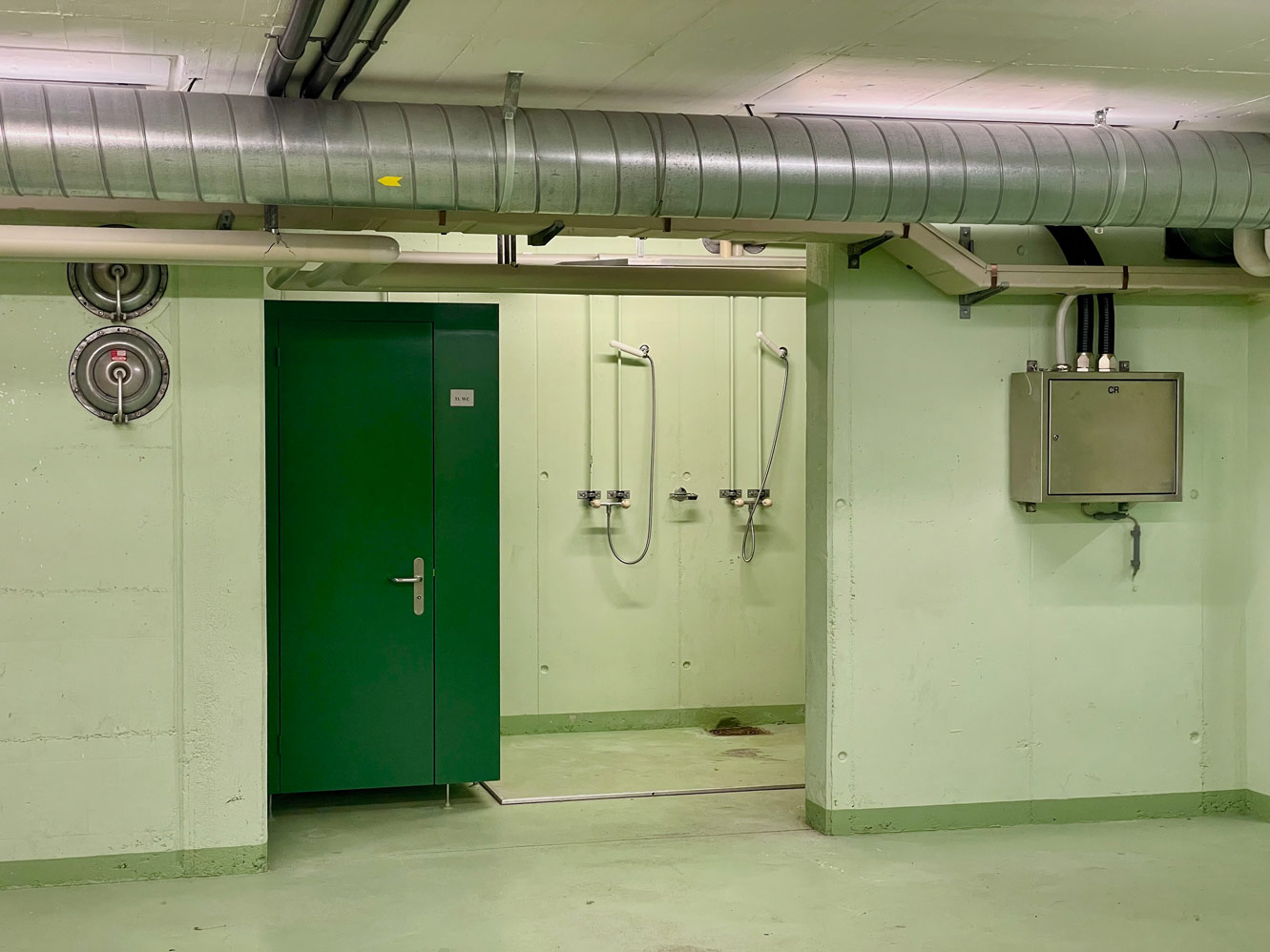
Shower block bordered by green concrete surfaces and aluminium air ducting
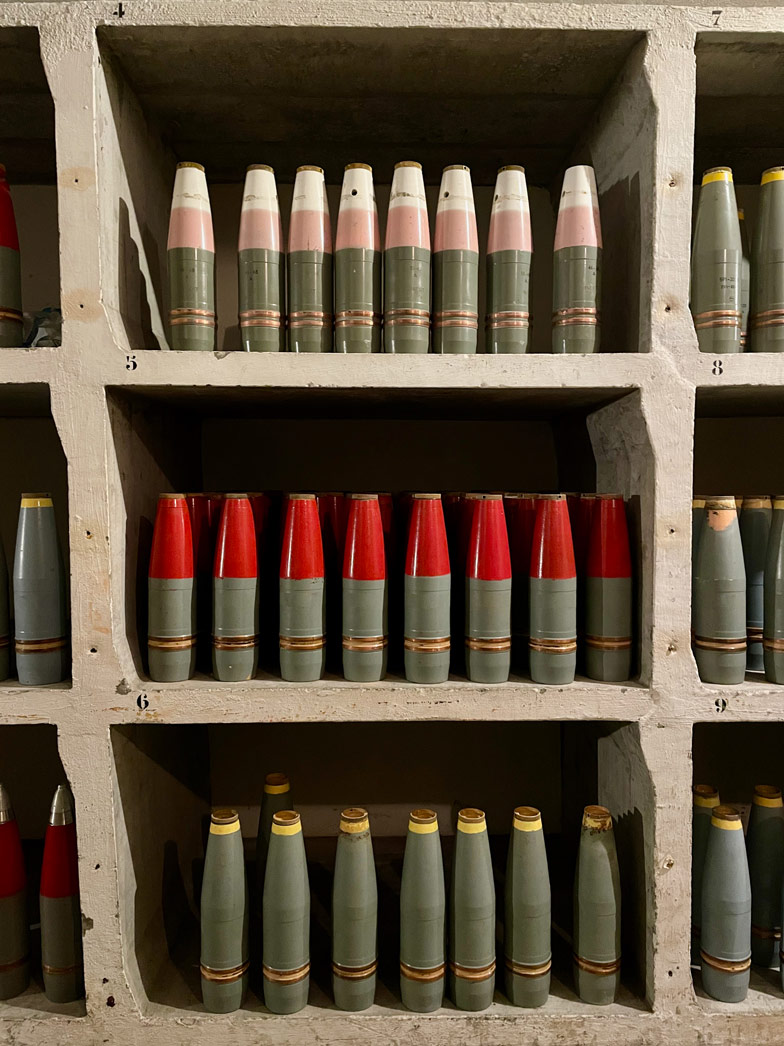
Armoury with artillery shells
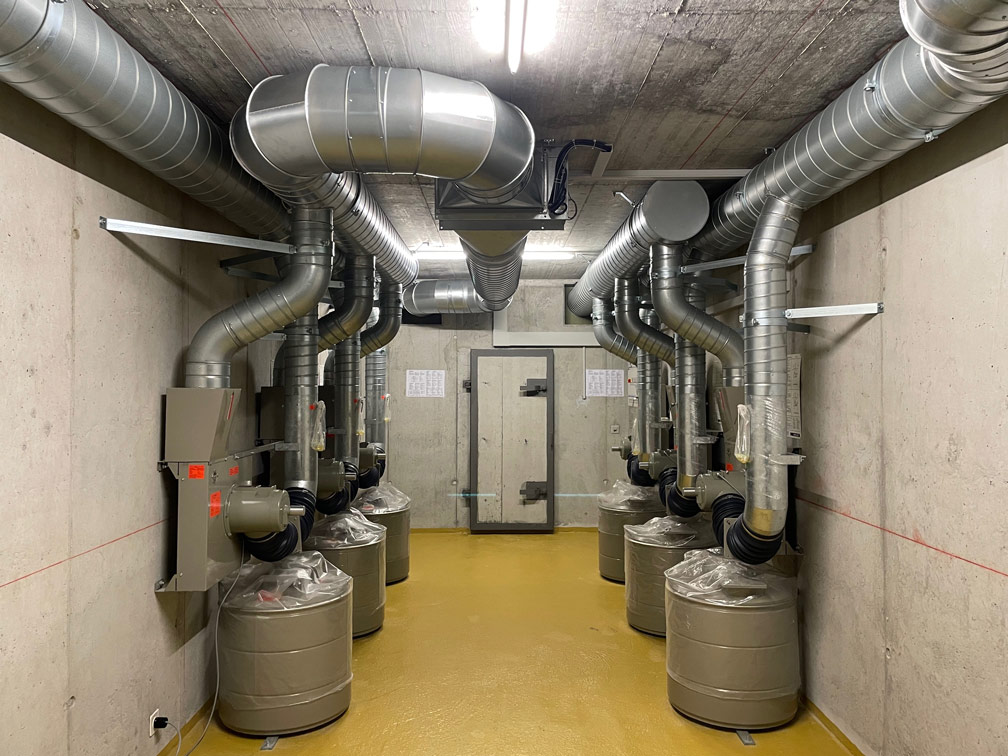
Air filtration system for radioactive fallout
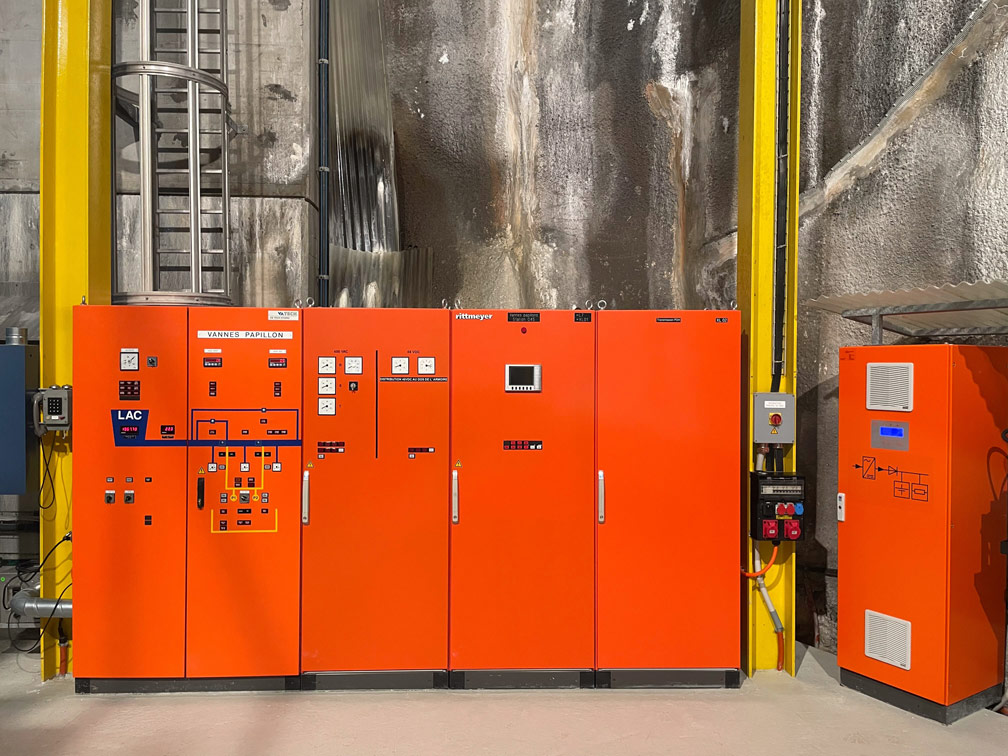
Orange electrical equipment with yellow pylons set within reinforced concrete grotto
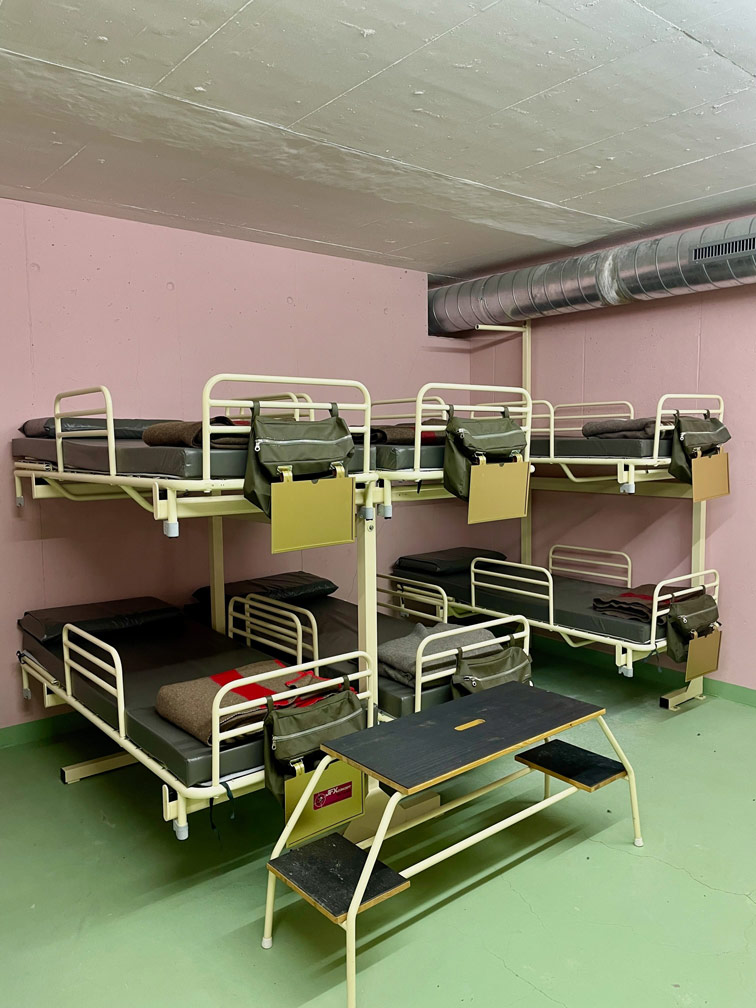
Bunk beds set against pink concrete wall and floor with overhead aluminium ducting.
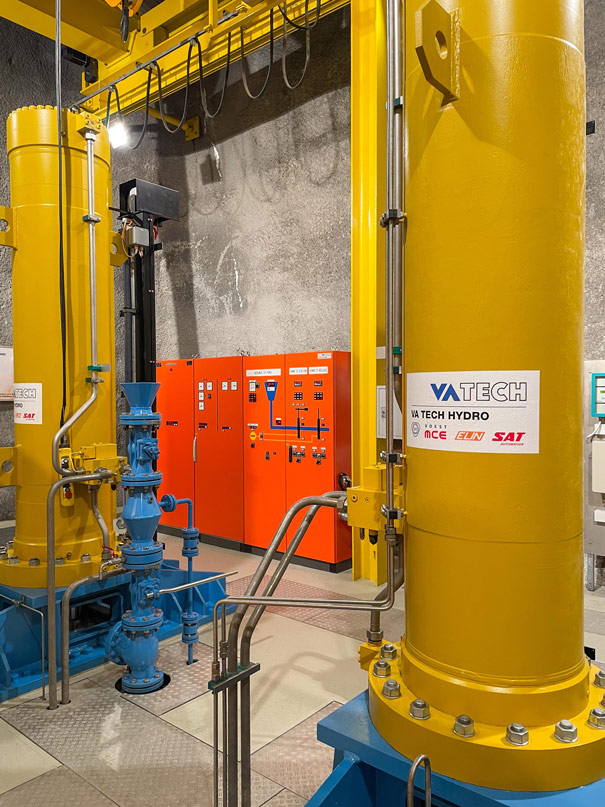
Underground hydroelectric power generation
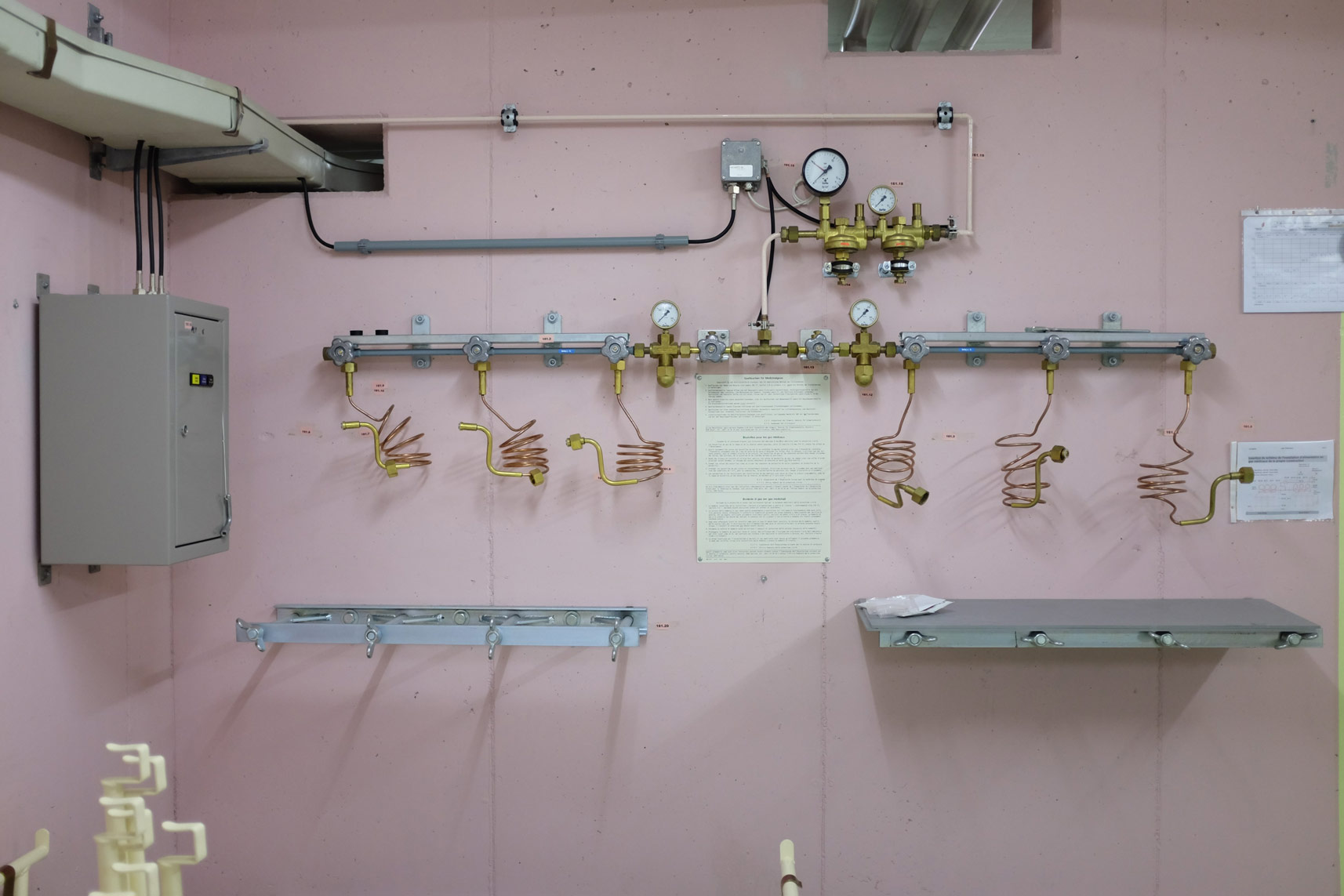
Air and gas infrastructure set against pink concrete wall.

Single bunk bed in yellow painted concrete space with air ducting and raw concrete walls.
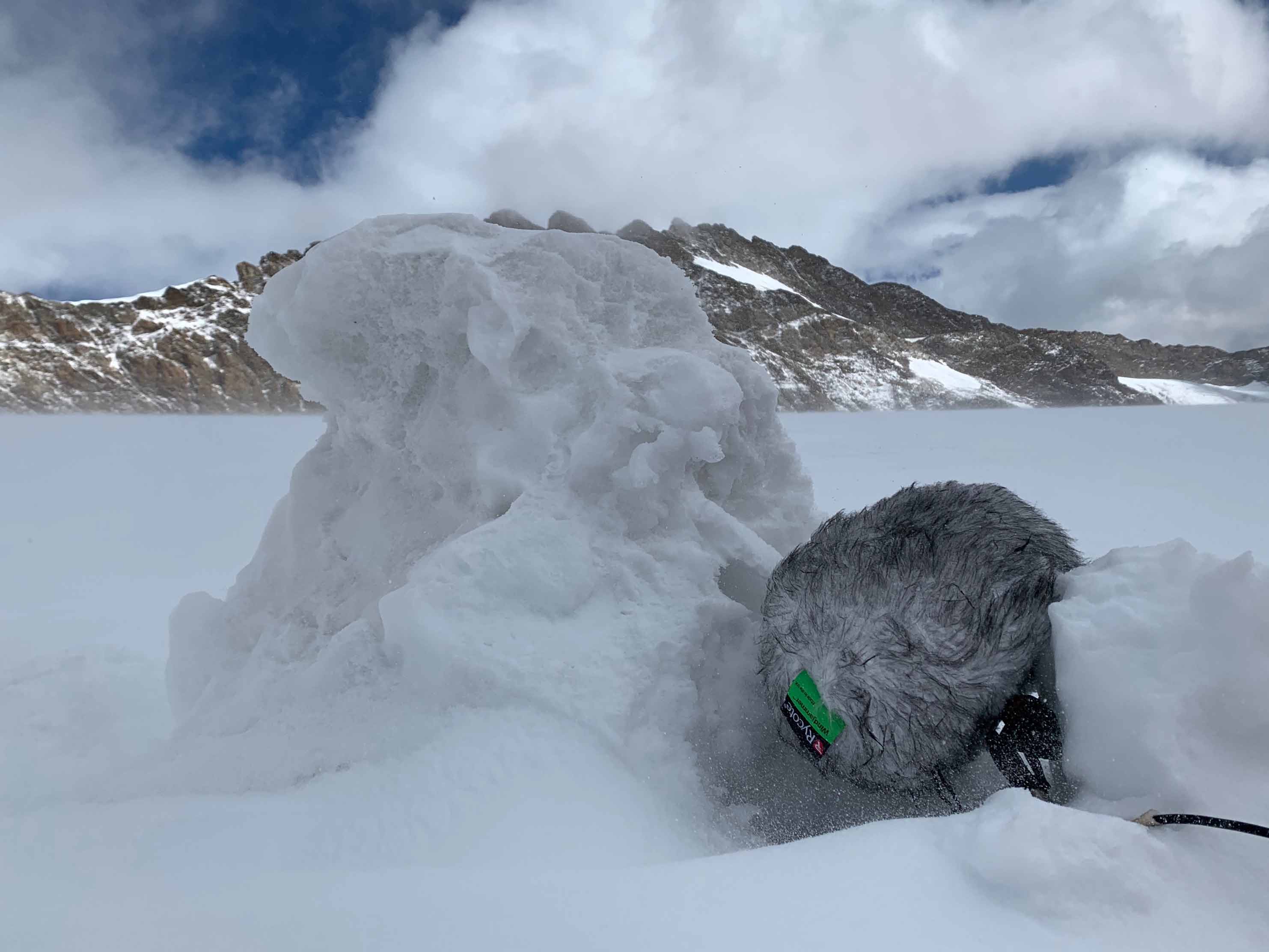
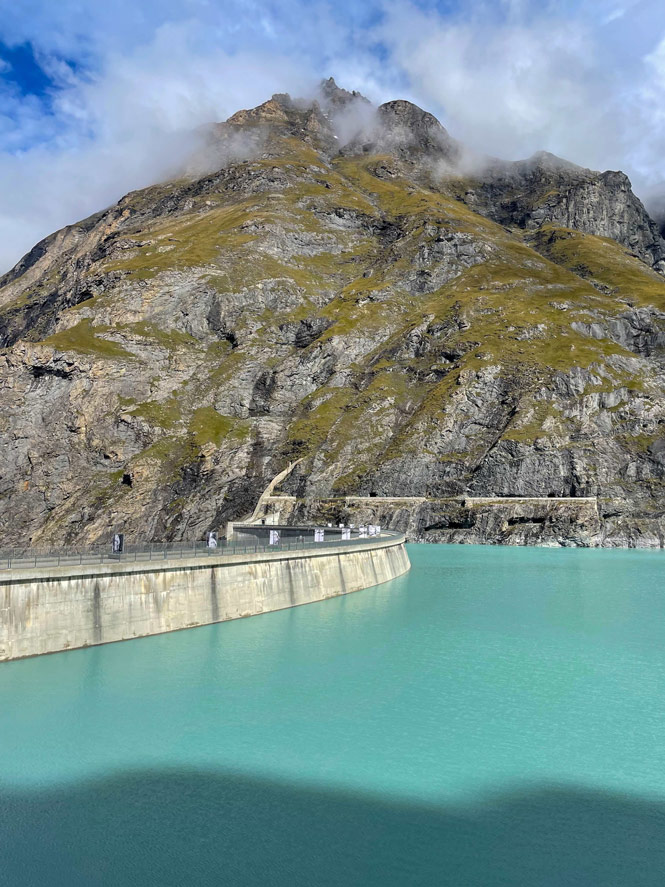
Curved dam wall set against glacial melt water filled lake

Glacial water flowing into dam through tunnelled rock with a view of a mountainside
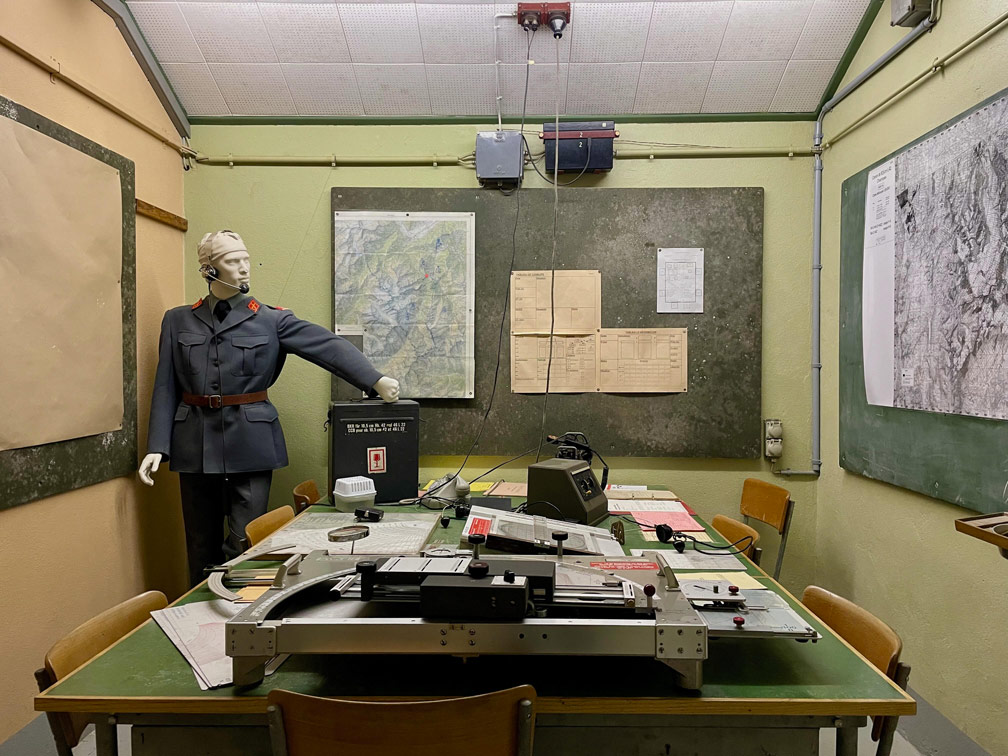
A room with maps, communication devices and a replica of a soldier in uniform
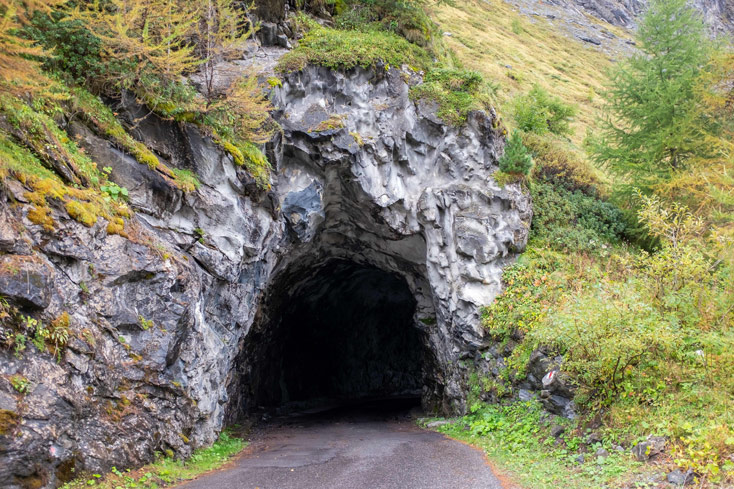
Tunnel entrance into side of mountain
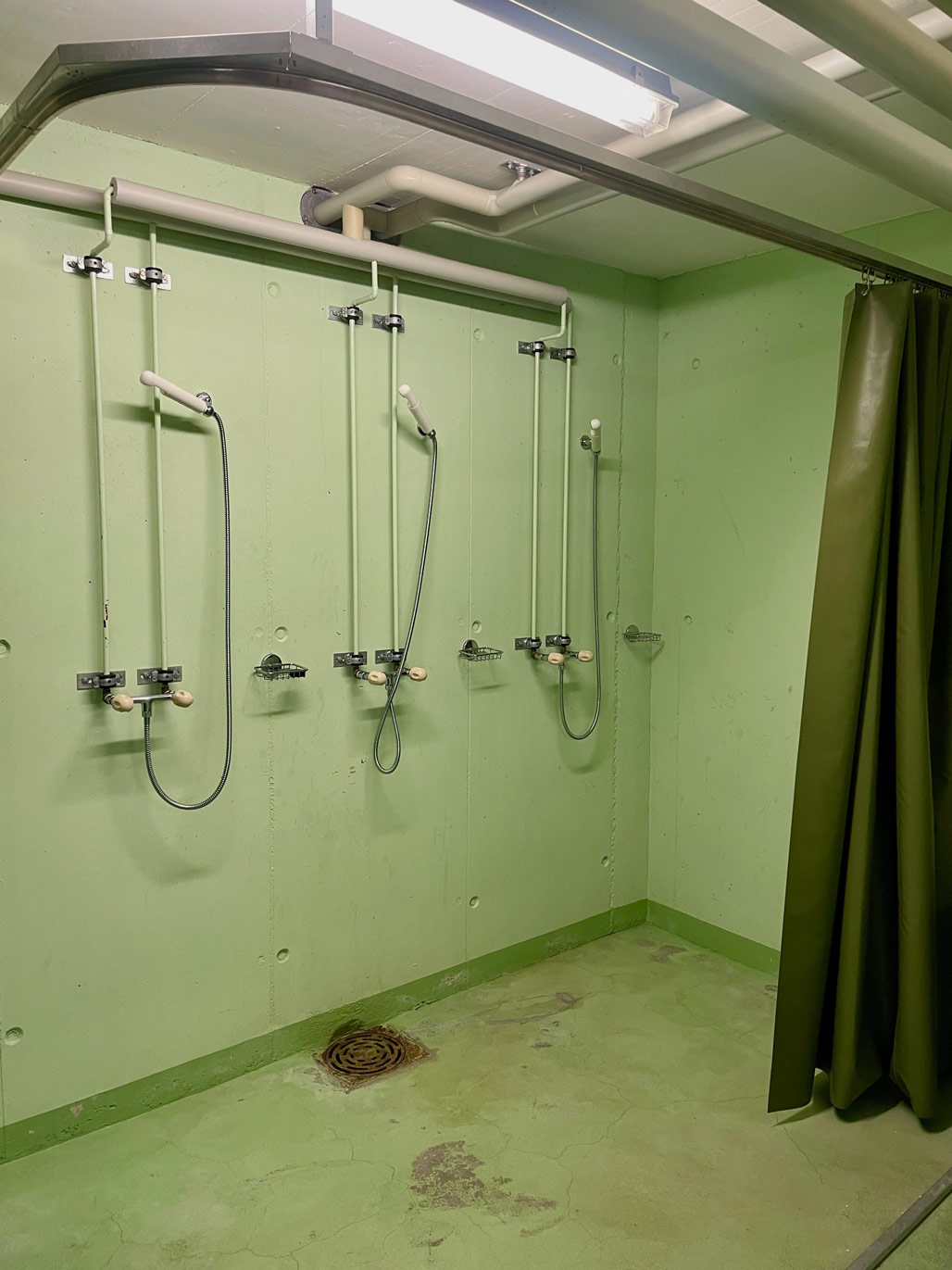
Shower block bordered by heavy rubber shower curtain and green walls and floor.
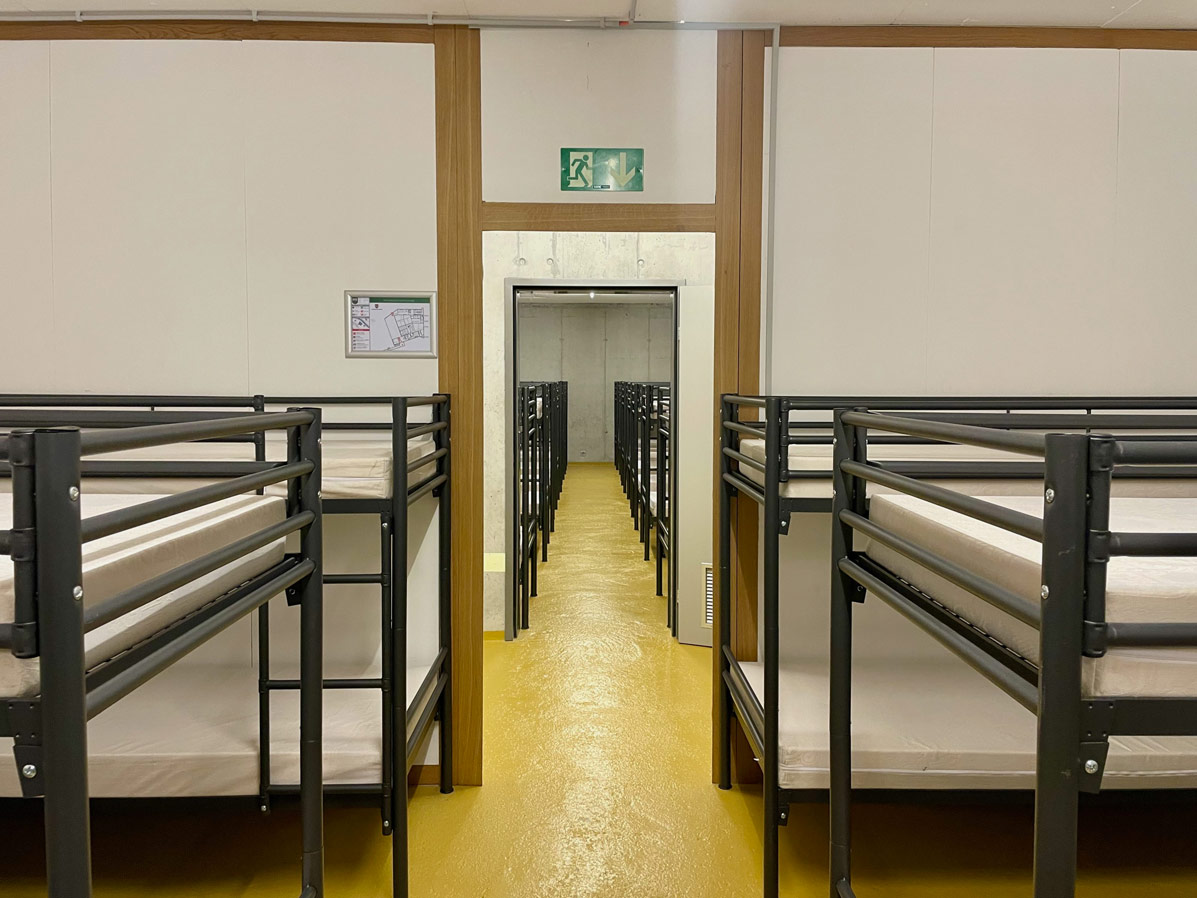
Multiple bunk beds in yellow painted concrete space with white walls and wood trimming.
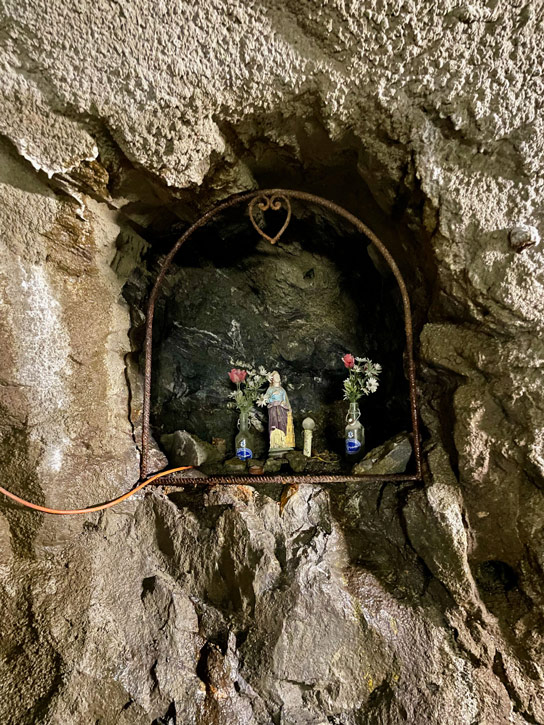
Subterranean shrine to protect workers of the Mauvosion Dam
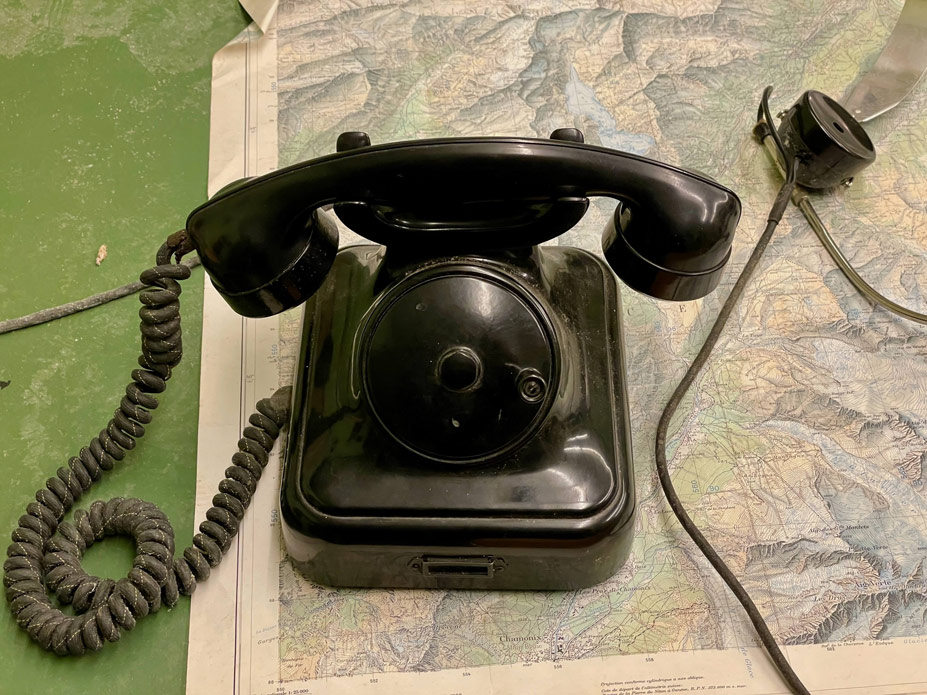
Old black telephone sitting on top of a set of topographical maps.

Blue curved pipe inside hydroelectric infrastructure
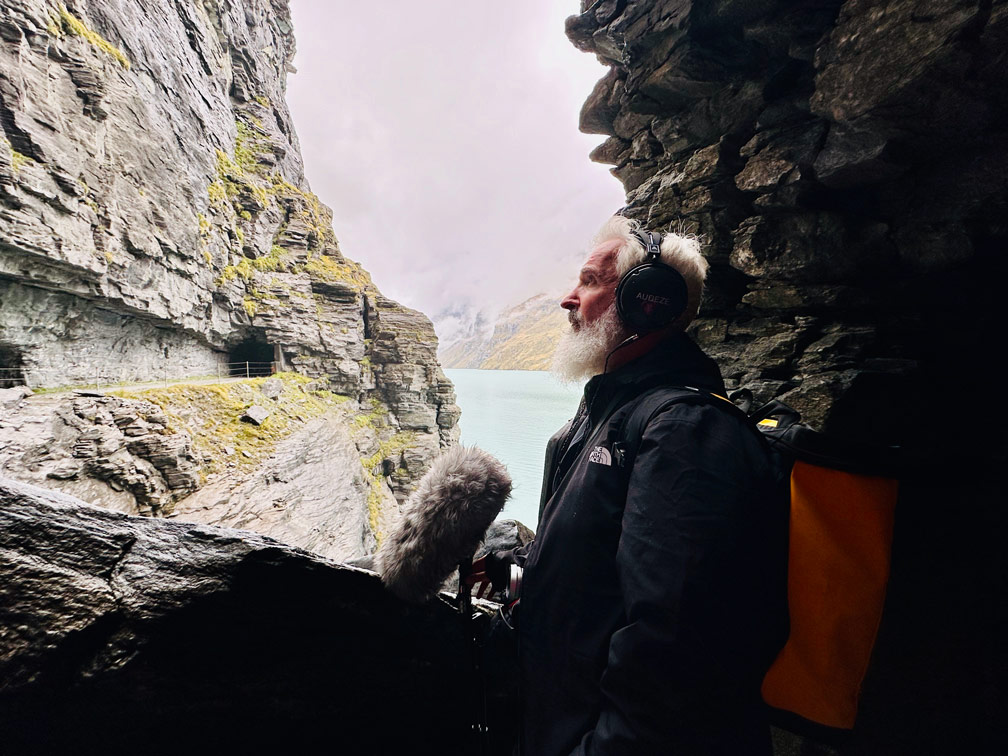
Sound recording glacial melt water from the Giétro Glacier
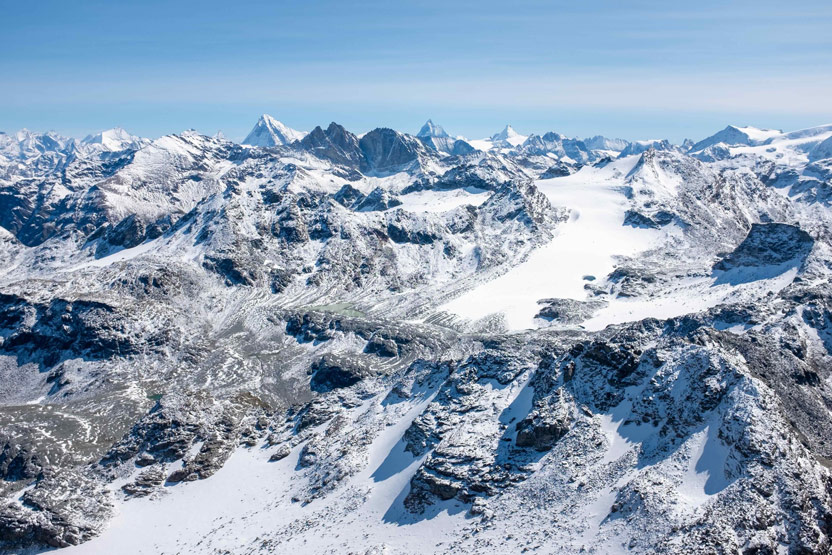
Panoramic view of Le Gran Combin Massif
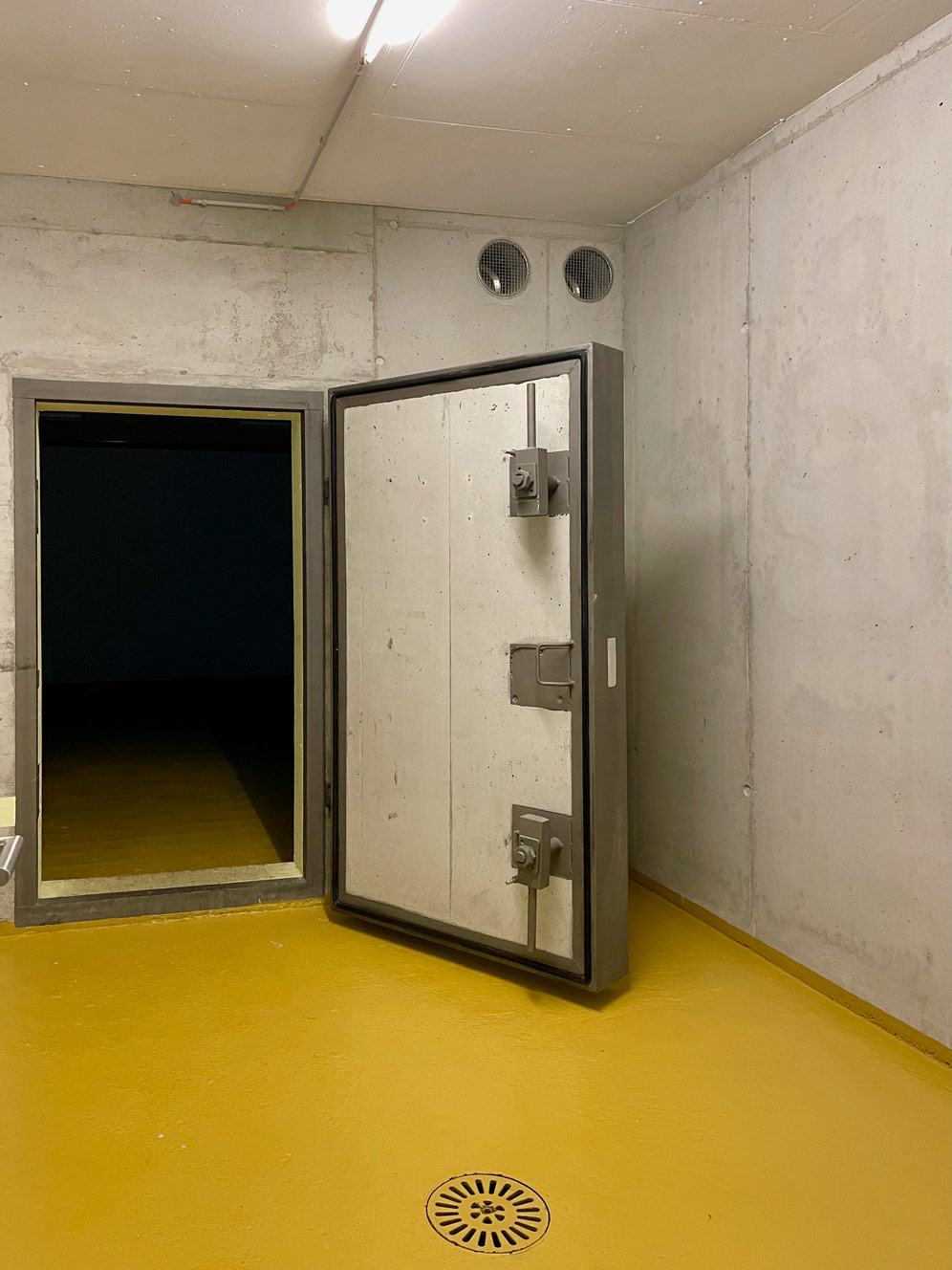
Nuclear blast door leading into darkened space with yellow painted floor
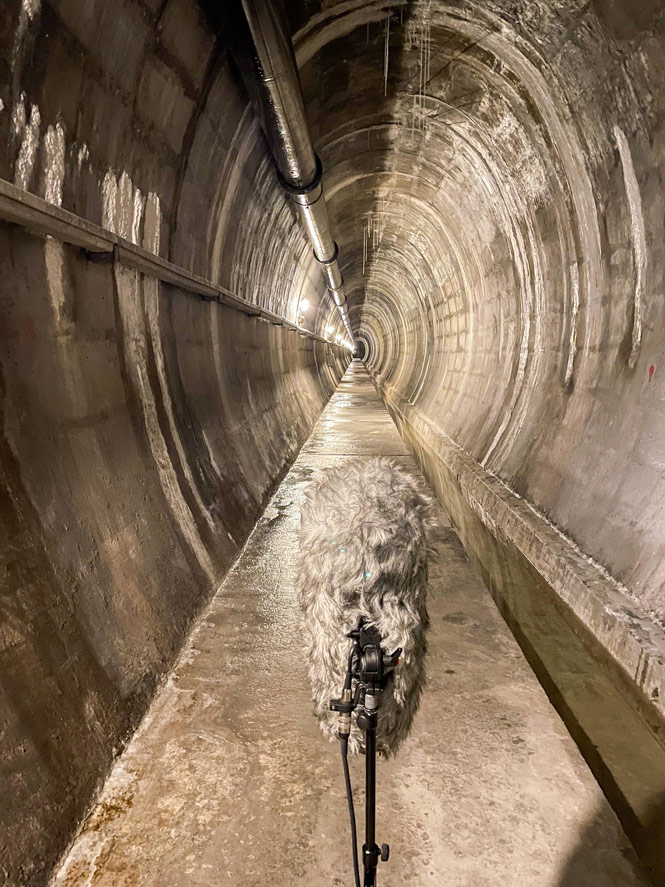
Microphone recording a long tunnel inside dam
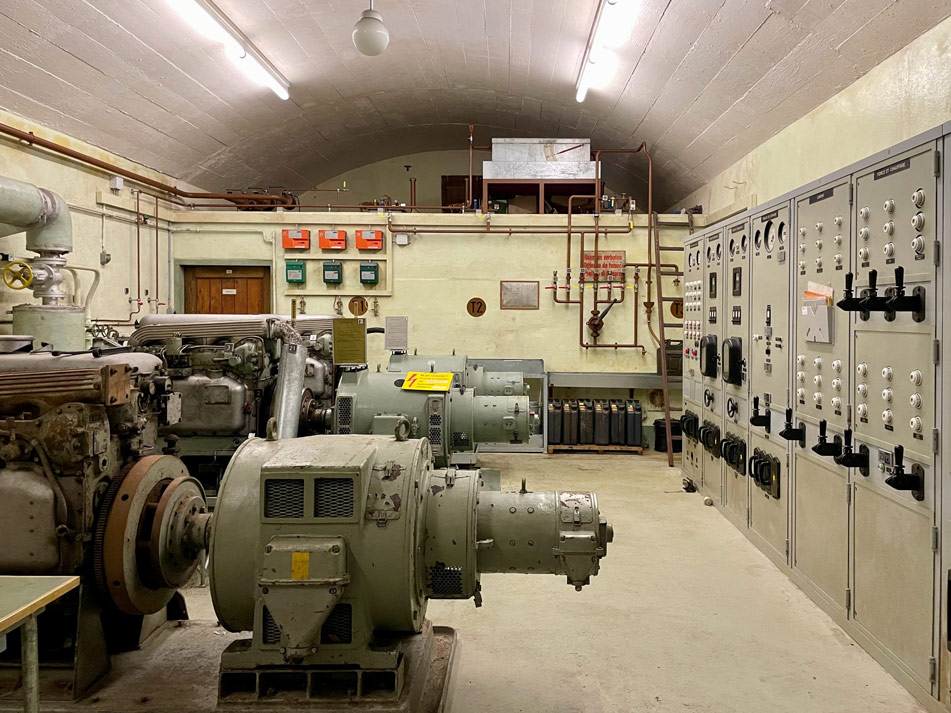
Generator room with turbines and control systems with white and cream surfaces.
To read the full image descriptions, please click on the individual image above.
*Image credits
Acknowledgement of Country
RMIT University acknowledges the people of the Woi wurrung and Boon wurrung language groups of the eastern Kulin Nation on whose unceded lands we conduct the business of the University. RMIT University respectfully acknowledges their Ancestors and Elders, past and present. RMIT also acknowledges the Traditional Custodians and their Ancestors of the lands and waters across Australia where we conduct our business - Artwork 'Sentient' by Hollie Johnson, Gunaikurnai and Monero Ngarigo.